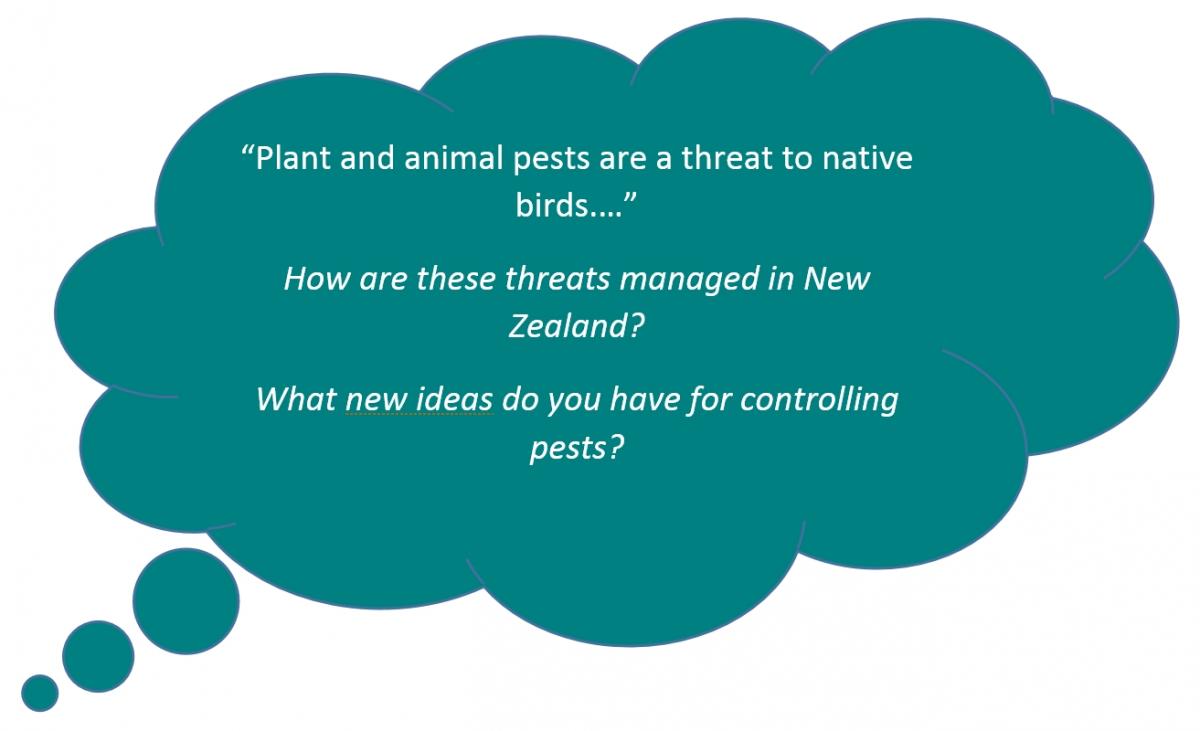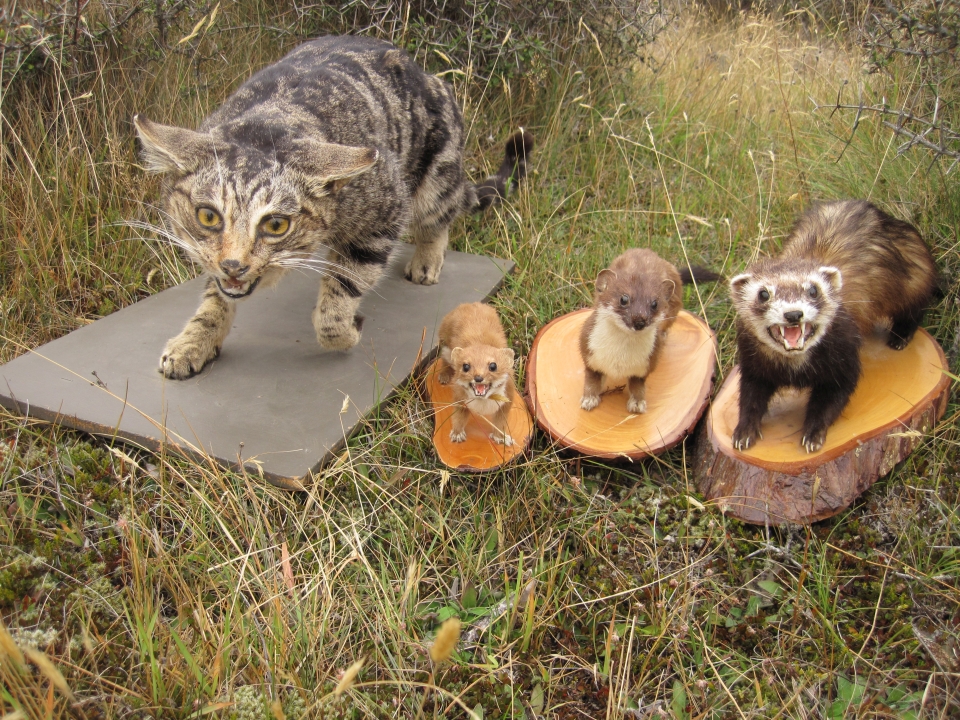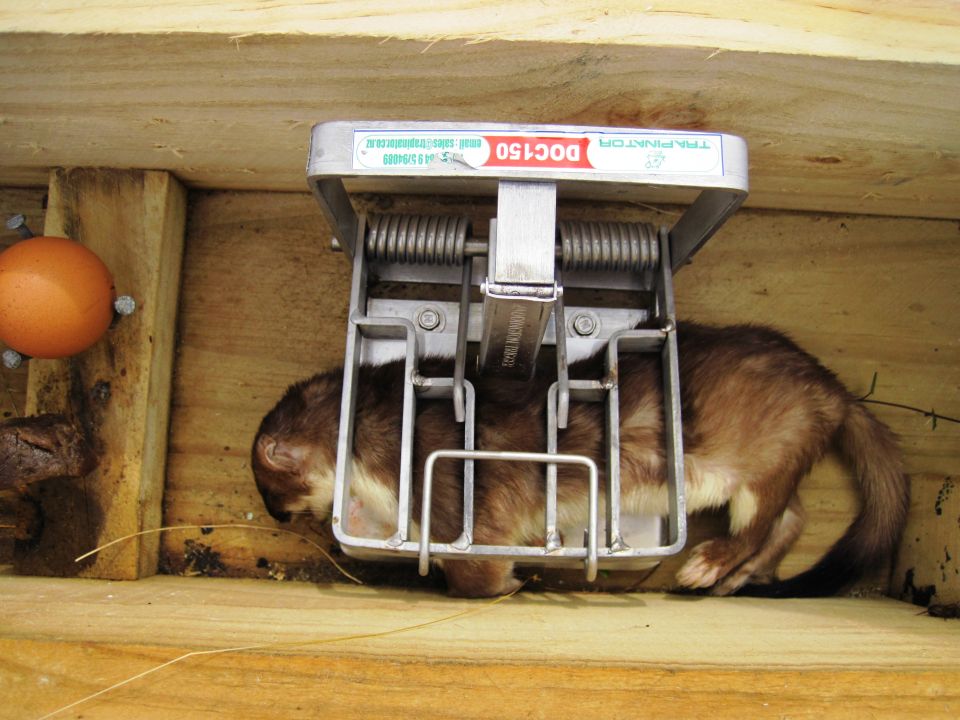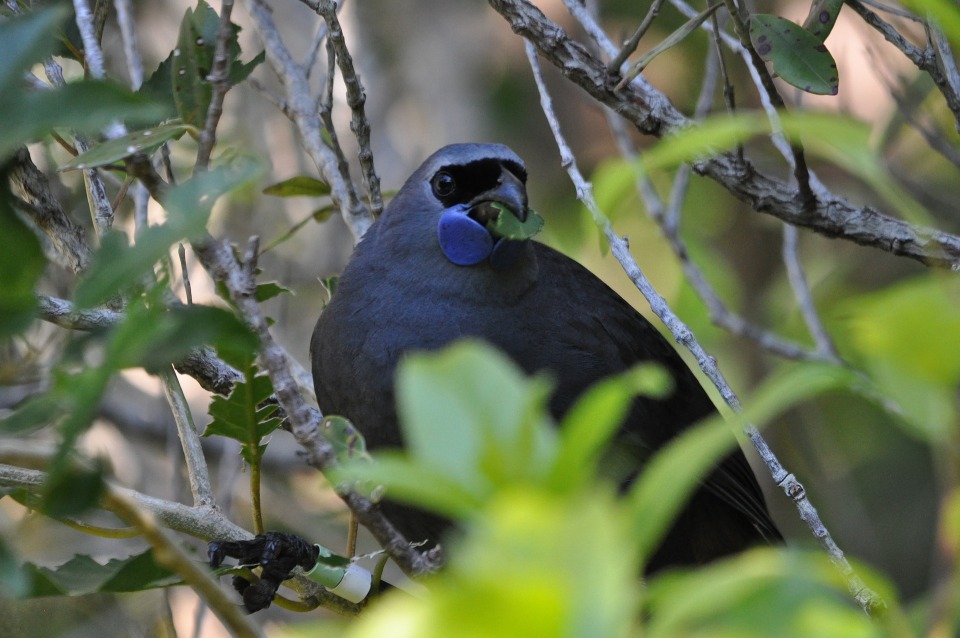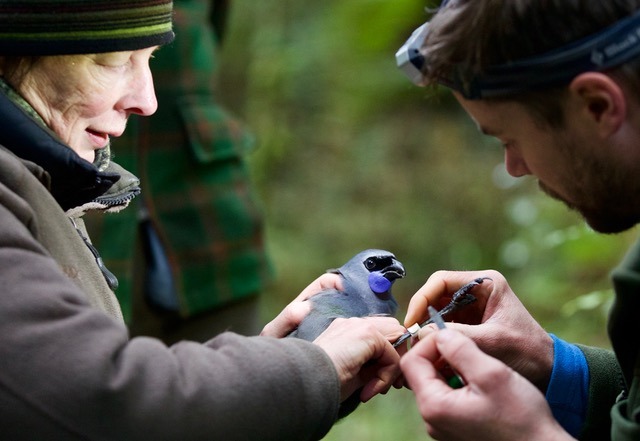For millions of years New Zealand birds evolved to life without land-based predators. When people arrived, changes came quickly, and birds were not able to cope with the new threats to their survival. These threats included:
- hunting
- loss of habitat
- the introduction of predators.
The numbers of our native birds dropped sharply when people arrived. Some birds such as the moa and huia became extinct. Over a third of our bird species are threatened.
Before people arrived in New Zealand, the land was covered in bush. But three-quarters of it has been burned or cut down.
Predators
People also brought with them animals which ate the bush and its native birds, bats, lizards and insects. These predators include:
- Stoats, weasels and ferrets which were brought to New Zealand by people to control rabbits
- Rats and mice
- Possums Cats Deer and goats.
These predators either eat birds, chicks, or their eggs, or eat the food that birds rely on.
Reducing threats
Much work has been done to try and protect threatened birds. This work includes:
- predator control through trapping and poison
- planting natives
- breeding programmes shifting some birds to predator-free offshore islands and mainland sanctuaries
- monitoring, tagging and researching birds.
Kōkako numbers
In the early 1900s the kōkako was common in forests throughout New Zealand. South Island kōkako are now thought to be extinct. It's possible they may survive in low numbers in remote parts of the South Island and Stewart Island. There Have been no recent reports of surviving South Island kōkako.
For the North Island kōkako, there has been a large drop in numbers over the last 20 years. People working on restoring areas and controlling predators has helped increase kōkako numbers.
Kōkako and predators
Predators attack nests; mainly ship rats and possums, and some stoats. This is the main cause of low numbers of North Island kōkako. Female kōkako are at most risk from predators as they do all the incubation and brooding throughout a 50-day nesting period. Years of predator attacks have resulted in a population that has far less females than males leading to a low breeding rate.
Complete the threats to kōkako quiz >

